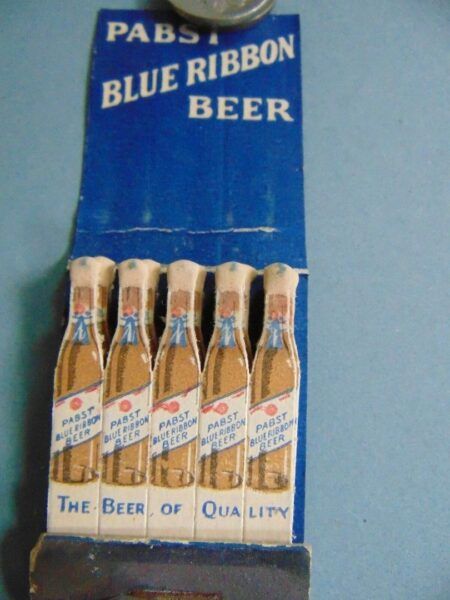#Matchbook #Collections #Fire #Folly #WorthPoint
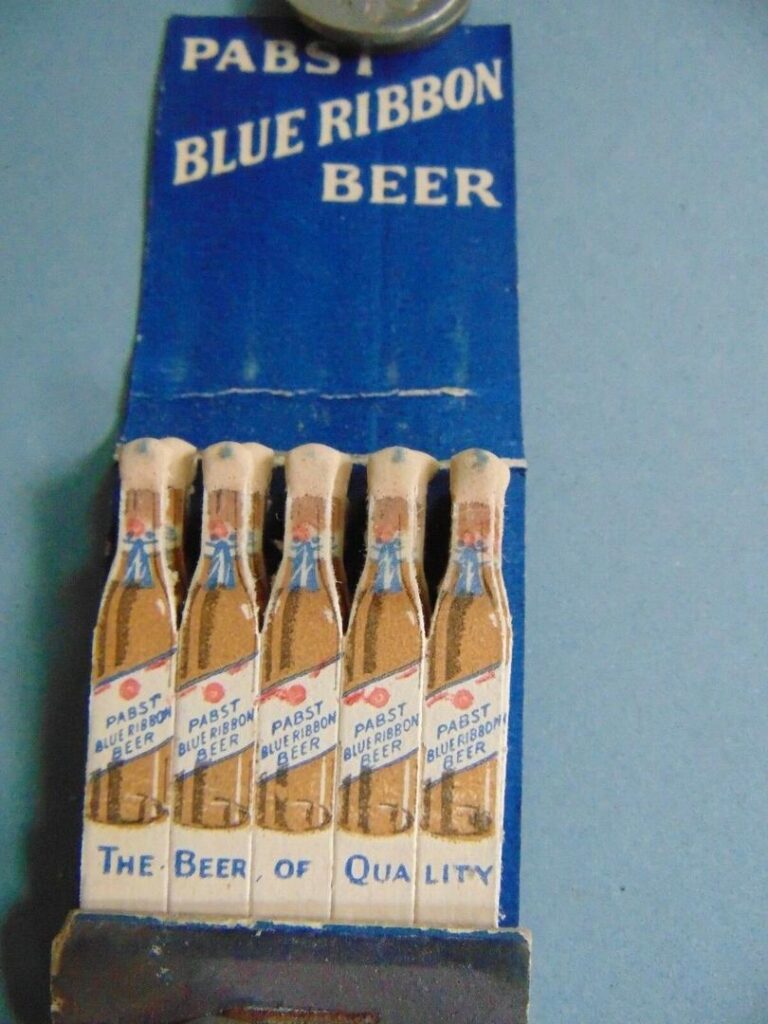
As anyone in the vintage or antique space knows, almost everything can be a collector’s item. Collectors’ interests can vary from priceless art to everyday items, and it seems there is a collector following for just about anything.
Mid-century modern designs still dominate trends, and a popular item from that time is getting some attention as a collectible. Matchbooks and matchboxes used to be available everywhere and, like swizzle sticks, were popular with collectors. While smoking rates have declined and restaurants, businesses, and clubs don’t routinely offer custom matchbooks now, collectors are keen to find examples of this once-ubiquitous item that offers a glimpse into days gone by.
BEFORE MATCHES
Since man has had fire since the prehistoric days, one has to wonder how people lit candles, oil lamps, and pipes before the convenience of matches. Friction has always been the go-to method for starting a fire, so in the 18th century, everyone had tinder boxes that included a metal strike plate, a flint, and some fiber, usually hemp. The friction would create a spark, igniting the hemp as kindling.
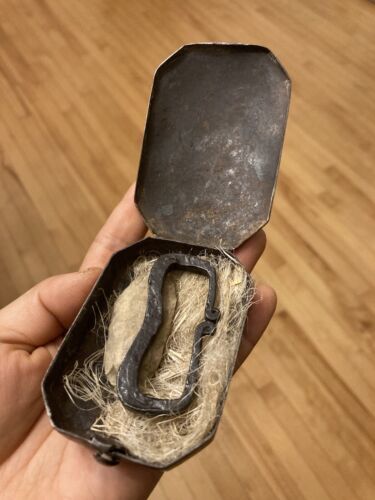
Since a small box of burning fiber was also a safety hazard, most homes started to use small twigs or sticks. Because most homes always kept a hearth burning, there were often boxes containing the sticks, known as “spills.” If you needed to light an oil lamp, bringing it to the hearth was dangerous, so people used these small spills, usually kept next to the fireplace, to light candles and lamps in other parts of the home.
A STRIKING ADVANCE
While a home hearth was one way to light flames, it wasn’t the easiest or safest way. Early versions of matches featured bits of sulfur on the tip, but the odor from the lit matches and resulting smoke was not well-tolerated by most users. In 1830, a French chemist changed the tip’s chemicals, creating a phosphorus match. The form of the chemical used proved toxic to factory workers, many of whom were children, and labor reforms led to using a different kind of phosphorus to protect the workers producing the matches.
In 1892, American inventor Joshua Pusey invented the matchbook and secured a patent. There is some confusion and contention over which company and which inventor was first; however, Pusey successfully sold his patent to the Diamond Match Company. His design included a cardboard cover and a striking surface. The Diamond Match Company also hired him as their company attorney, a job he held for the rest of his career. Diamond made one significant change to the design, placing the striking surface outside the matchbook to reduce the chance of accidentally igniting the entire package.
While the Diamond Match Company and other match manufacturers thought the easily portable and safe matches would sell well, it turns out that consumers did not want to pay for matches. Manufacturers found customers in businesses that could put their products and company information on the matchbook covers as a promo item. Putting ads on the matchbooks turned out to be a smart marketing move, and one of the first major sales for Diamond Match Company would be the Pabst Brewery, which placed an order for 10 million matchbooks.
From there, companies began designing matchbooks as business promotional items that included ads but also released books with pictures of popular athletes and movie stars. In the 1930s, while the Great Depression raged across the country, matchbooks with pictures of baseball players became something fun and free that people could collect and save. Diamond produced the books, which are now among the most sought-after items by matchbook collectors. The movie star matchbooks were also wildly popular during the Depression as theaters tried all kinds of giveaways and promotions to lure moviegoers into theaters.
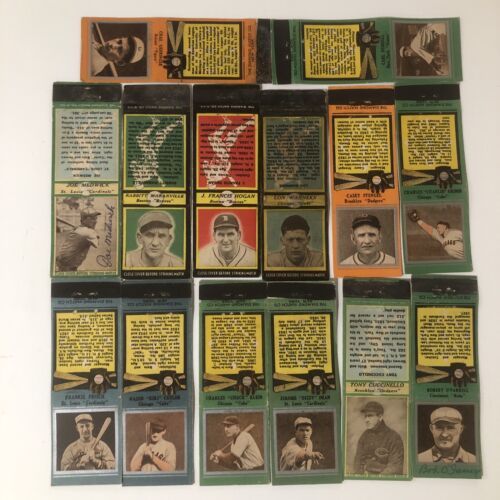
WEDDING FAVORS AND WAR BONDS
Businesses and celebrities were not the only features on matchbooks. In the 1940s, the US government put World War II messages on matchbooks to support the war effort. Private companies also supported the war efforts and put patriotic messages on their promotional matches. Disney is probably most famous for their World War II insignia collection. Once the war broke out, Walt Disney instructed company artists to work on military art and insignias for various uses, and the Maryland Match Company produced matchbooks with unit insignias that also featured Disney characters.
Once the war was over, custom matches were a regular feature at parties and weddings. Couples getting married would order books of personalized matches for the tables at wedding receptions. No wedding was complete without matchbooks to commemorate the day. Matchbooks from celebrity weddings and parties are now hot collectibles. The trend of having matchbooks at weddings would taper off eventually but was still relatively common up until the mid-1980s.
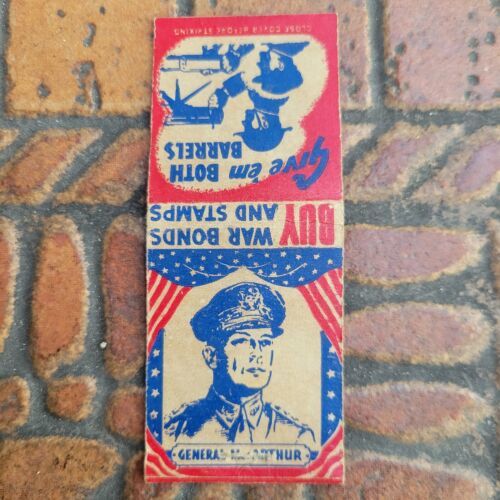
KEEPING THE FLAMES ALIVE
With changing attitudes and regulations concerning smoking, matchbooks as a way of advertising products fell out of favor by the early 1980s. However, interest among collectors has remained relatively steady. Fun fact: the practice of collecting matchbooks is called “phillumenism.” Some enthusiasts have said matchbooks are almost as popular as stamps, citing phillumeny as the second most popular collecting interest after stamps. Social media has ignited the trend again (see what we did there?), with content creators displaying matchbook collections and designs. Today, matchbooks are a way to remember a trip, a party, or other special event with a custom design.
In an article in The New York Times, journalist Britta Lockting laments the closing of a favorite jazz club in the city but is glad she kept a matchbook from the club as a reminder. That’s a big part of why any collector keeps vintage items around. They help us recall an earlier time or place that may not exist anymore. Matchbooks, like any souvenir or piece of ephemera, are tiny pieces of the past that we can carry into the future
Brenda Kelley Kim lives in the Boston area. She is the author of Sink or Swim: Tales From the Deep End of Everywhere and writes a weekly syndicated column for The Marblehead Weekly News/Essex Media Group. When not writing or walking her snorty pug, Penny, she enjoys yard sales, flea markets, and badminton.
WorthPoint—Discover. Value. Preserve.

